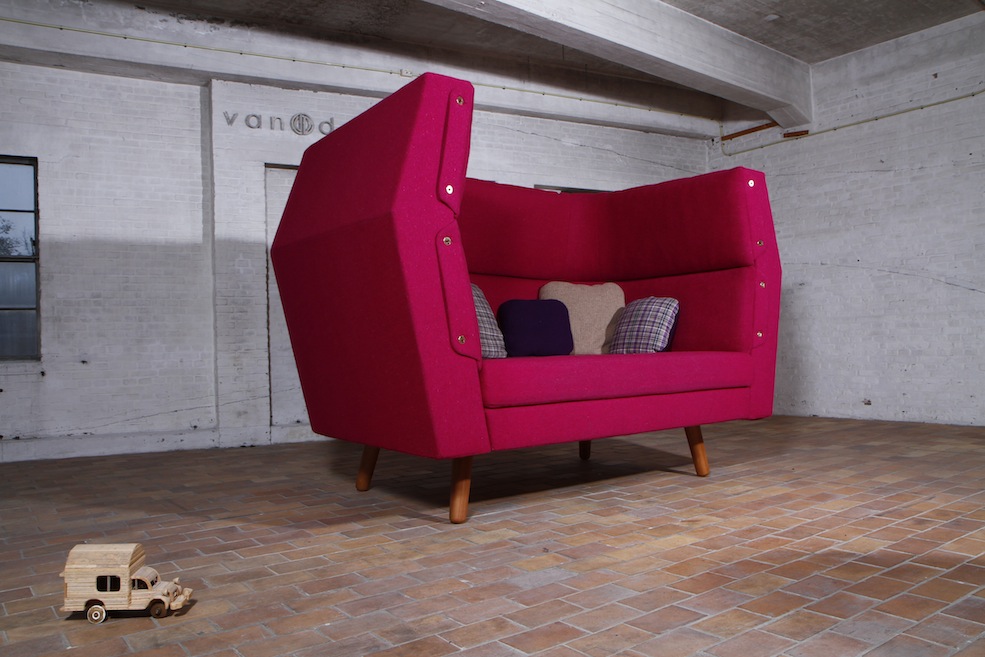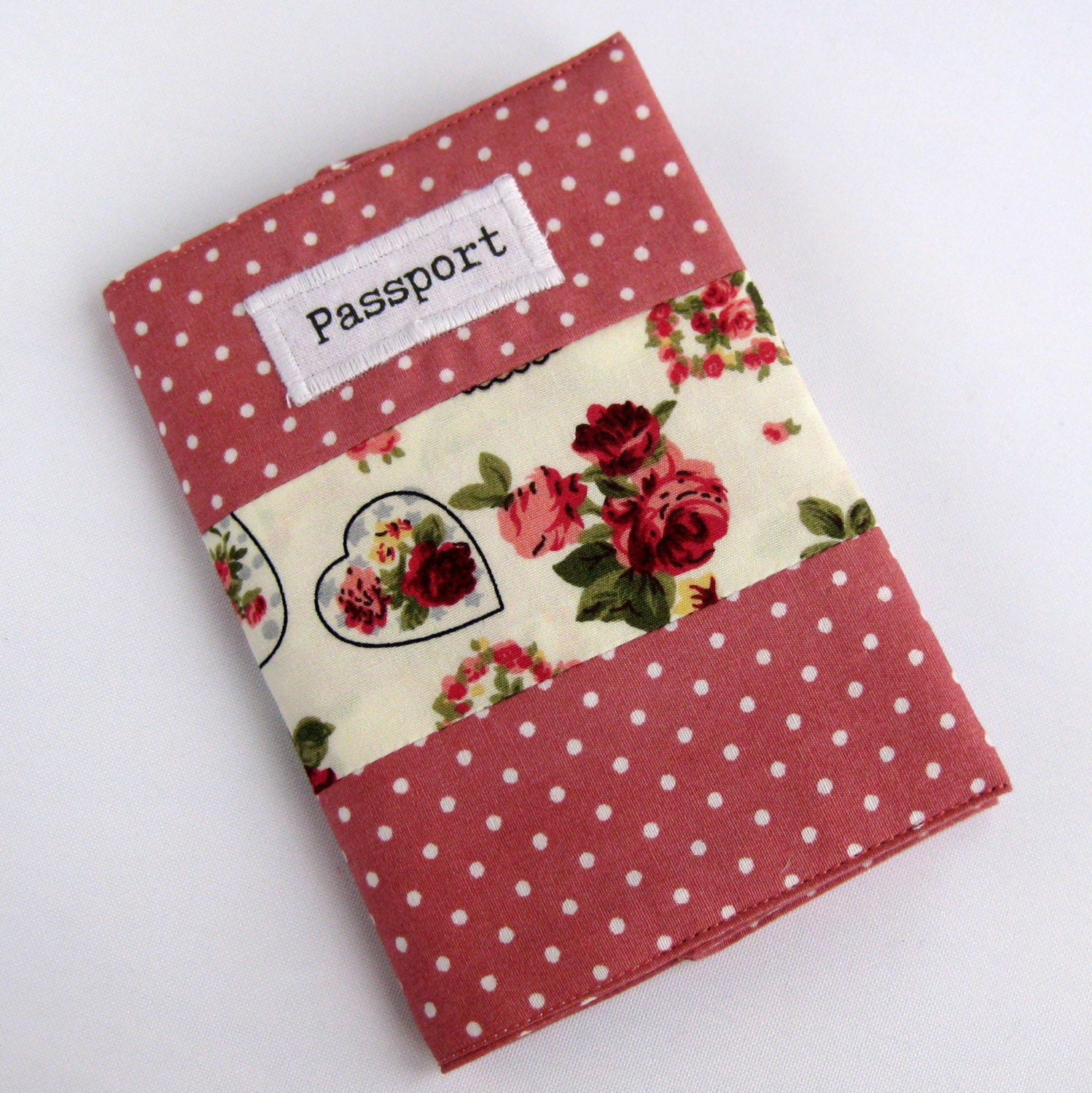This is something I’ve been thinking about ever since agreeing to knit a baby cardie for a friend to give to a colleague of hers. At the time we agreed she would pay for the materials and buy me dinner, and we’re both happy with that. But I'm not sure if I'll knit any more requests. This doesn’t mean no presents, of course, I love knitting presents.
The bad news is that there is no tried and tested way of setting a fair price for your knitted items. It depends on the materials used, the time taken and how much value you put on your skills, and all of these things can vary by knitter and project. In fact an internet search revealed that discussions on this can get rather heated, with some knitters accusing others of devaluing all knitters by not charging enough.
What are others charging?
So how to arrive at a fair price for your knitted goods? First, a trip to Folksy. A search for ‘hand knitted blanket’ results in two pages of blankets. One of the cheapest I could find was a
crib blanket at £11.50. Even in acrylic and quite small – it measures 64x70cm – that can barely have covered the cost of the yarn. This knitter, it would seem, places no value on her or his time and skills. That’s their choice, but it does make difficult for anyone trying to make money from their knits.
At the other end of the scale is the
Glen Nevis blanket. Measuring 132x137cm and made from 70% acrylic, 20% alpaca and 10% wool, it costs £160. This blanket is around twice the size of the former, but it costs nearly 14 times as much. This is a knitter who values her time! But do people really pay that much for a blanket?
The method
One easy formula is add up the cost of materials, labour (ie your time), overheads and any profit you want to make. This is the wholesale cost. Multiply by two to get your retail price.
Let’s pretend I was going to sell the baby cardie. Please note that you’re not actually allowed to make a profit using someone else’s pattern; you can only charge for your time and the materials. I’m just using this as an example.
 |
| It's a nice cardie, but how much is it really worth? |
The materials came to £20, there were no overheads, but this could include things like postage stamps and envelopes, rent, machinery and so on. Time was 25 hours. The only advice I could find on what to charge for your time was to ensure you don’t go below minimum wage, which is £6.19 in the UK. That works out at £154.75. So even without adding in any profit, the retail price (ie the materials and labour multiplied by two) is nearly £350. That’s somewhat overpriced for a cardie, especially when you can get one from Next for £8.
Another method is to ask for three or four times the cost of the materials, but even so this would be £60 or £80. Is that a fair price for something so small that will probably only be used for three months? Probably not. On the other hand, if we take a price of £80, subtracting £20 for the materials, this gives an hourly rate of £2.40. Is that a fair price for someone’s time and effort? Again, probably not.
It would seem that the best advice I could give to someone who wants to start knitting for a living would be: don’t do it!

















